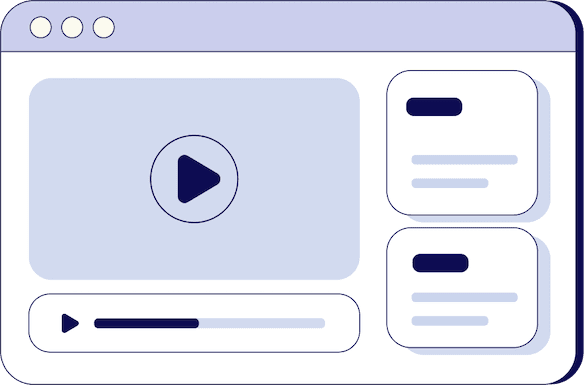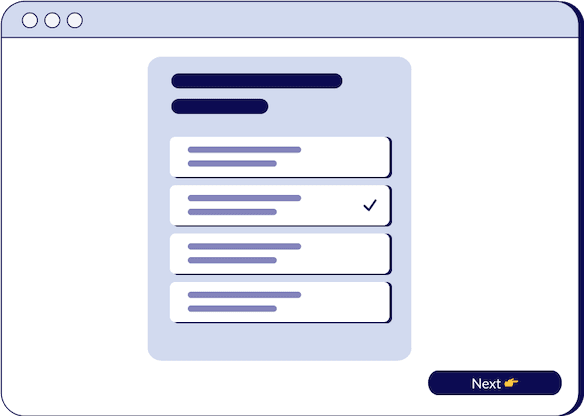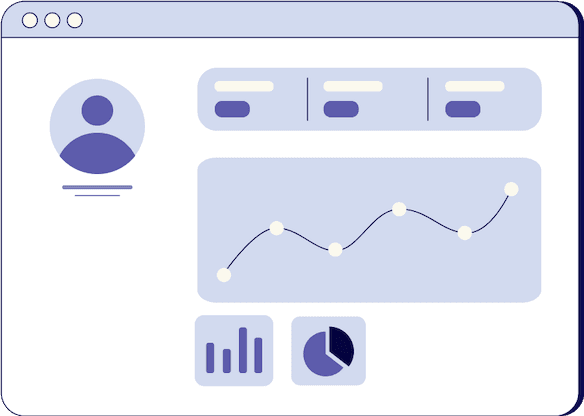
Education & Agreement
Matt Doyon
Chief Executive Officer @ Triple Session

- duration
- 15 min
- Average Score
- 91%
- Stars
- 5
In any decision-making process, building consensus is crucial for success. Consensus ensures that everyone involved in the decision is on the same page and agrees with the proposed plan or solution. In this article, we will delve into the concept of building consensus through education and gaining agreement with the decision-making committee.
Educating for Consensus
When building consensus, it's important to educate all stakeholders involved in the decision-making process. This education process is about connecting the dots and providing a clear understanding of the implications of the proposed plan or solution.
Imagine you have gathered all the necessary information and are ready to present it to the customer. However, this information might seem scattered and unclear if not properly connected. The goal of education for consensus is to connect all the dots by linking problems to solutions, decisions on products and services, and the implications of maintaining the status quo.
It's crucial not to assume that the buyer or decision-making committee already knows everything. Instead, guide them through the process step by step, ensuring that all information is connected and understood. This is where the role of a champion, typically a product or service user, comes into play. The champion can provide valuable insights, set up meetings with relevant stakeholders, and help educate and build consensus within the committee.
Different Perspectives, Same Objective
Different stakeholders within the decision-making committee will have different priorities and perspectives. It's necessary to address each stakeholder's concerns and connect them to the overarching objective. Let's take the example of a company facing workflow challenges, as discussed in the video.
- The User/Champion: The user is the primary driver of consensus. They need a more sophisticated workflow management tool to perform their job efficiently. The user's main focus is on solving workflow problems and improving productivity.
- The Manager: The manager's priority is to deliver a Marketing Qualified Lead (MQL) number. They are concerned with meeting performance targets, and a better workflow tool can help achieve this goal.
- The Technical Buyer: The technical buyer ensures that the proposed solution is feasible and integrates well with existing systems. They focus on technical aspects and the compatibility of the solution with their infrastructure.
- The Economic Buyer: The economic buyer, often the CEO, is ultimately concerned with revenue generation and business growth. They understand that without achieving the necessary revenue, the company won't be able to attract Series A funding or sustain its operations.
Each stakeholder must be educated and brought onto the same page, understanding that the ultimate objective is to secure Series A funding for the company. By aligning everyone's needs with the bigger picture, you can build consensus and drive the decision-making process forward.
Agreement vs. Decision
It's important to distinguish between agreement and decision within the consensus-building process. Agreement represents a theoretical alignment of ideas and perspectives, while decision signifies concrete action and commitment to move forward.
When building consensus, you must first gain agreement from all stakeholders involved. This agreement is based on the implications of not making the proposed change and the benefits of implementing the solution. Once everyone is in agreement, the decision-making process can proceed.
To ensure a successful decision-making process, it's essential to match each stage of the buyer's journey with the appropriate level of agreement. If someone is still in the early stage, they may only agree that change is needed. At the consideration stage, they agree on a particular solution, while at the decision stage, they commit to taking action and making a purchase.
By following this structured approach, you can identify where agreement is lacking and address any concerns or hesitations before moving forward. Skipping stages or rushing the process can result in missed opportunities or lost deals.
Avoiding the "Ferrari Problem"
An apt analogy shared in the video is the "Ferrari Problem." Many people might agree that owning and driving a Ferrari would be fantastic. They would willingly test-drive a Ferrari. However, the agreement to drive a Ferrari doesn't equate to the decision to purchase one. Wanting a Ferrari and being able to afford one are two different things.
Similarly, in the decision-making process, agreement is not equivalent to a final decision. It's crucial to obtain agreement and understanding from all stakeholders before moving on to the decision stage. This requires addressing individual concerns and ensuring that all decision criteria are met.
Building consensus through education and gaining agreement is an integral part of the decision-making process. By connecting the dots, addressing the concerns of different stakeholders, and aligning everyone's perspectives with the overall objective, you can foster agreement and facilitate the decision-making process.
Remember, consensus is not about collecting individual yeses but rather gaining agreement on the recommended solution. Educate stakeholders, address their concerns, and guide them through each stage of the buyer's journey, matching each level of agreement accordingly.
Avoid the "Ferrari Problem" by distinguishing between agreement and decision. Agreement represents theoretical alignment, while decision signifies actionable commitment. By following these principles, you can effectively build consensus, promote informed decision-making, and drive organizational success.
How Triple Session works
Training, Testing, & Feedback
Triple Session's proven formula accelerates your sales performance through consistent, organized practice, backed by measurable results.

Bite-Sized Knowledge
Our expert-led video sessions simplify complex sales concepts into easy-to-digest 5-15 minute videos for better retention.

Test Your Understanding
After each session, there will be a quiz to test your understanding and help you improve on any areas that need more attention.

Evaluate and Grow
Get progress snapshots after each quiz to track your improvements and achieve your sales mastery goals.